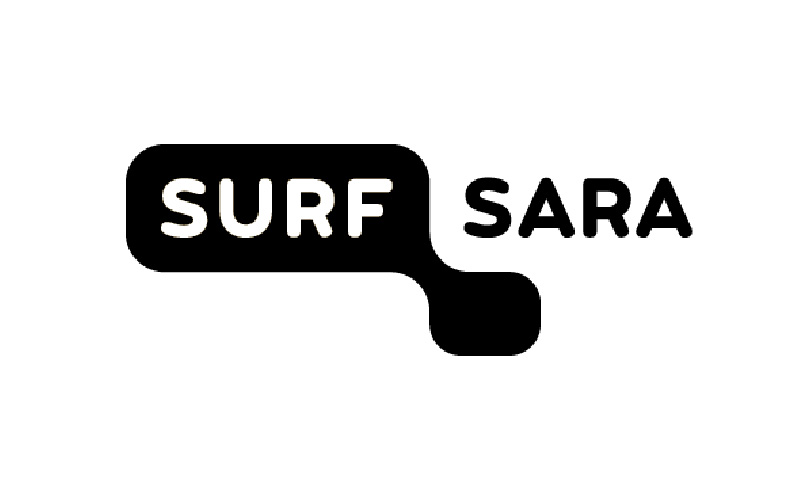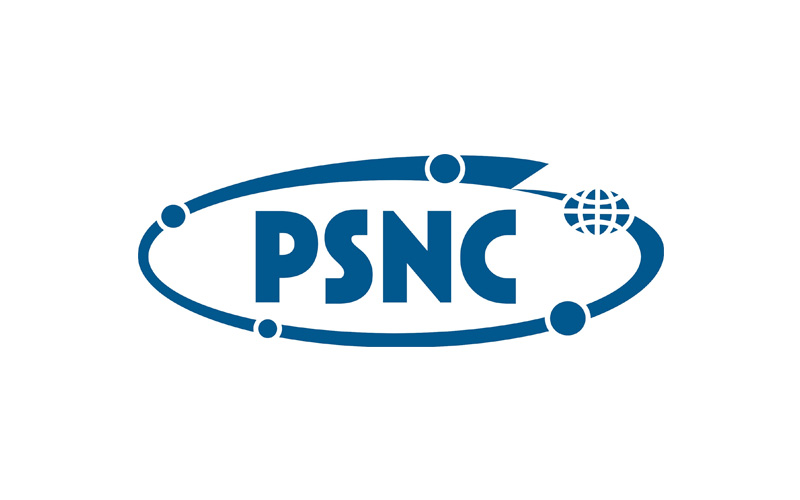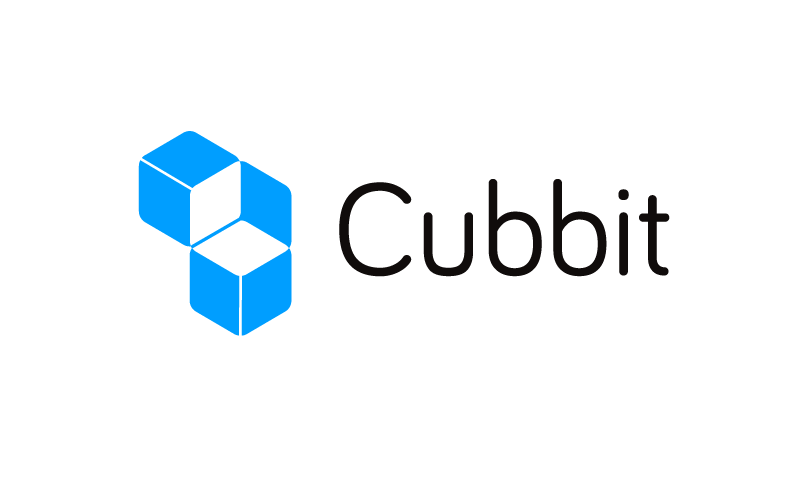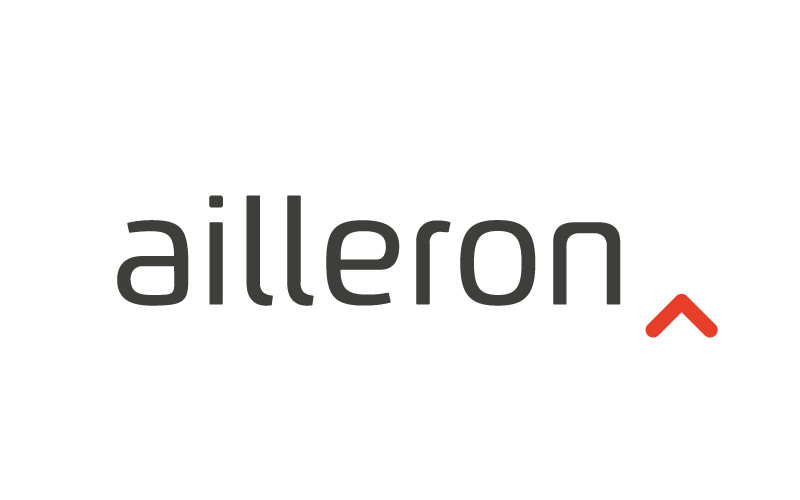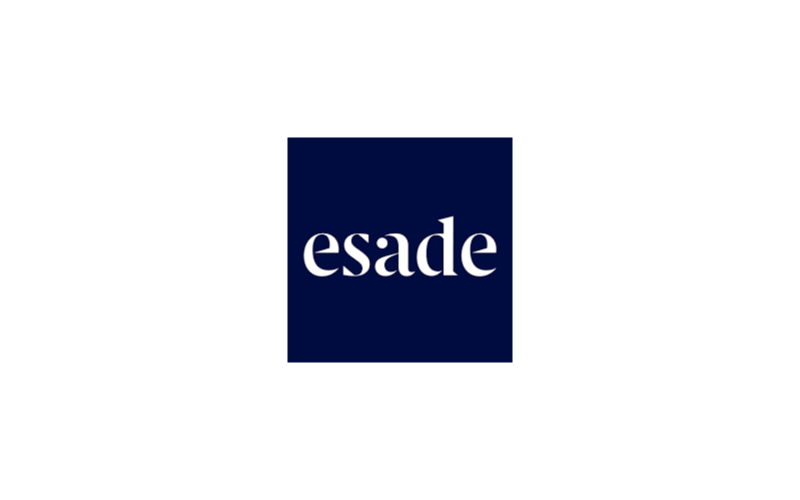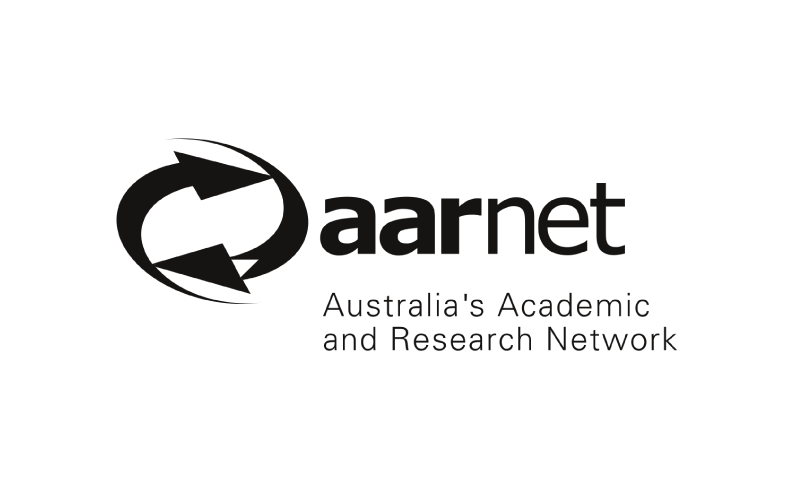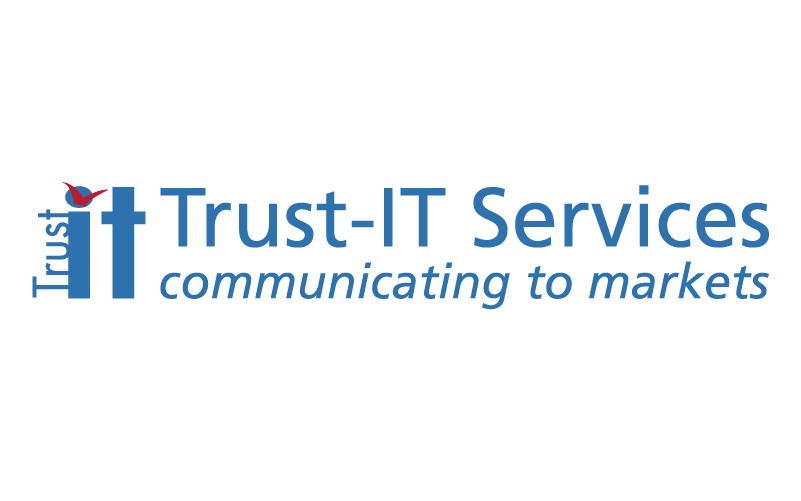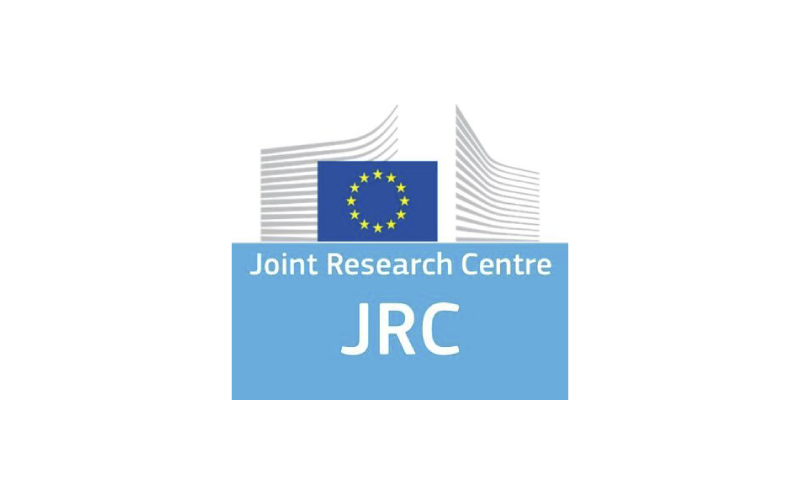
Cross-institutional collaboration on sharing documents and enabling researchers to work, both independently and jointly, by using their domestic data without the need to register on an additional external EFS platform.
We consider that end-users and research communities will be involved in the long-term with a high level of communication activities, also after the end of the project as they constitute our target user base for the success of Science Mesh to be used at European level and beyond. In the first phase of the project, while we are still developing and finalising the deployment of the Science Mesh there will be a lower level of engagement of the end-users, which will intensify in Year 2 of the project.
To ensure that the mesh would be used effectively by researchers, we are currently conducting user adoption studies.
Through interviews with researchers from different research communities we understand the different challenges and opportunities of cloud storage and the particular role that the mesh would play in improving these aspects.
Researchers tend to just store their files depending on what they already use for their personal storage or use the service provided through their institution.
The advantage of the mesh is that it runs in the background of the current cloud storage services, and thus can be used by researchers without necessarily having to know that the mesh exists.
As such, getting adoption from the researchers would be straightforward.
Nonetheless, establishing good relations with institutional providers would be key to ensuring that it gets properly integrated into their cloud storage service.
Interconnect beyond the institutional boundaries.
Avoid being locked into a single provider.
Collaborate with peers in an easy, secure and reliable way.
Difficulty in sharing and collaborating on data across researchers with different service providers
Use services and applications available at another site.
Easy sharing and collaborative editing, manage data in efficient way.
Integration of additional storage and computing capacity.
Share data with users without federated login (e.g. eduGAIN).
Receive contributions and know-how from the research community.
Make data easily available to research communities & industry
Facilitate distribution of curated data and data publishing across EU research
Expectation:
Improve interorganisational collaboration.
Retain control of datasets while becoming FAIR compatible and integrated with EOSC.
Access the service directly from interfaces reserachers already use in their home institutions
Setup new collaborations in a matter of seconds
Augment remote site data holding with the researchers own domestic workflows tools
The added value of the project for the end-users and research communities is related to the capability to increase cross-institutional collaboration on sharing documents and enabling researchers to work, both independently and jointly, by using their domestic data without the need to register on an additional external platform.








